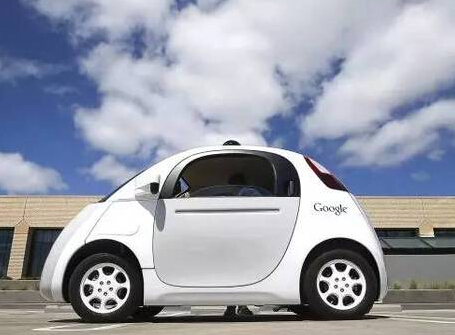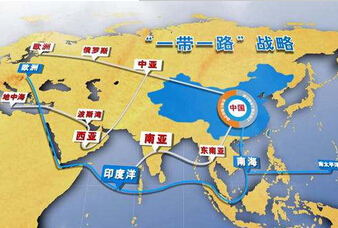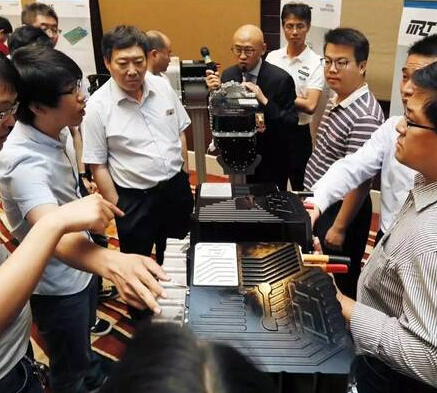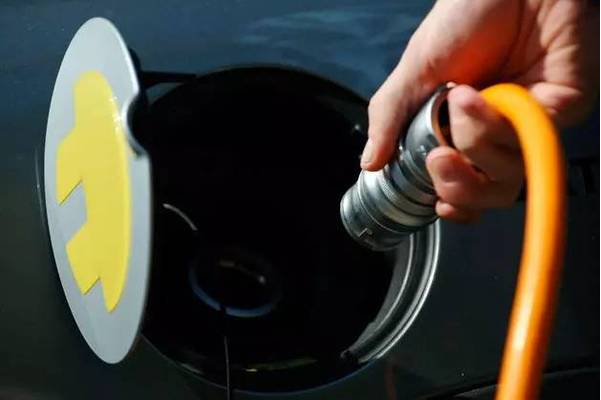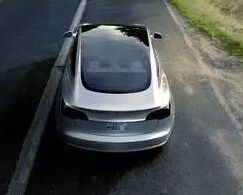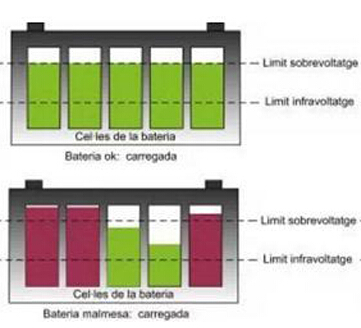Buying an electric car is too short for a cruising range. It costs too much electricity to run high speed. If there is no electricity in the middle, it may need a trailer. The price of buying and plugging is expensive, but it is actually burning oil. It is not only expensive but also environmentally friendly. How to find a balance between pure electric vehicles and plug-in hybrids? Therefore, some auto companies have introduced extended-range electric vehicles to solve the problems of short-life and low power consumption of pure electric vehicles. At present, when plug-in hybrid cars are not sold, the extended-range electric vehicles can still be sold. ?

Policy does not encourage the development of plug-in hybrid
From the perspective of industrial policies, China is even more encouraged to develop pure electric vehicles, which is not encouraging for plug-in hybrids. From the current plug-in hybrid subsidy amount is not only less than pure electric vehicles, and even Beijing can not enjoy subsidies for the purchase of plug-in hybrids, and do not enjoy the new energy vehicle's lottery preferential policy, still enjoy the traditional fuel car purchase policy, buy plug Electric hybrids also need to be the same as the fuel car, and will also be limited.

The extended-range electric vehicle, although it is also a new energy vehicle, if it is burned by oil, it is the same as the plug-in hybrid, and it cannot be lack of fuel. If it is generated by hydrogen combustion and then electrically driven, then it can achieve true zero. Emissions, but also solve the problem of short cruising range of electric vehicles, but plug-in hybrids are so expensive, will the extended program electric be cheaper?
Plug-in hybrid no endurance worry but sells pure electric from high price
At present, the main reason for plug-in hybrid sales is that the price is not cheap. After all, a battery and motor are added to the transmission fuel truck, which increases the cost, resulting in relatively high price of plug-in hybrid. At present, there are only a few models that sell well in domestic plug-in hybrids, such as BYD Tang, Qin, Roewe ei6 and Borui GE. Even in the first eight months of this year, the domestic plug-in hybrid 47 models are only available. 134,724 vehicles sold.
At present, there are 125 models in the sale of pure electric models, and 306,990 units were sold in the first eight months of this year. The comparison found that although pure electric vehicles are more than plug-in hybrid models, there are only 20 models sold in August, and there are 12 models in the plug-in hybrids sold in August, the sales gap is very high. Big, BYD Tang and pure electric vehicles with the highest monthly sales volume in August also sold about 5,000 vehicles. In the first eight months, the total sales of pure electricity and plug-in power were 172,266, a big gap.
Cost is destined to increase the price of electric vehicles will not be low
Plug-in hybrid sales can not be driven by high prices, Beijing's policy does not support plug-in hybrid, and the future is mainly to develop pure electricity, rather than plug-in hybrid, because plug-in hybrid still must burn oil And the fuel consumption is not low when driving at high speed. So, will the extended-range electric car be sold cheaply?

It is safe to say that it will not sell well. Because the plug-in hybrid subsidy is slightly higher than the pure electric, and still does not escape the shackles of burning oil, the current increase in electric motor is either burning oil, or burning hydrogen, and then generating electricity to drive the car. This complicated process is destined to increase. The cost of electric vehicles is not low, of course, the price will be high. And on July 5th, the National Development and Reform Commission issued the "Regulations on Investment Management of the Automobile Industry (Draft for Comment)" to withdraw the provisions of plug-in hybrid vehicles from the scope of new energy vehicles.

The extended-range electric vehicle uses electric power as the driving source, that is, the electric motor directly drives the wheel, and the engine is only the power generation function. The biggest feature of the extended-range electric vehicle is that there is an engine. Unlike the plug-in hybrid, the plug-in hybrid engine will participate. Drive the car, and the engine of the extended-range electric car does not participate in driving the car, but only plays a power generation function.
The oil-burning range is expensive and the hydrogen-burning range is more expensive.
One more engine than an electric car, an extended-range electric car that has one more motor than a fuel car and a plug-in. The cost is not low. Even the extended-range electric car that burns oil, the 2018 BMW i3 extended for sale. The domestic price is 415,800 yuan, and it is still equipped with 0.65L naturally aspirated engine. The engine has only 2 cylinders and needs to be filled with 95# gasoline, which is then used for power generation. The power generation is used to drive 125 kW and A 250 Nm motor, then an electric motor drives the car.

The extended-range electric cars that burn gasoline are so expensive, so an extended-range electric car that burns hydrogen to generate electricity is not more expensive.
At present, Hyundai Motor's leading version of the Tucson FCEV extended-range electric vehicle is 68.9 million won (RMB 408,000) in Korea and 72.2 million won (RMB 428,000) in the premium version. It is much more expensive than the pure electric vehicle subsidy, and it is more expensive than the plug-in hybrid.
Extended-range electric vehicles are not environmentally friendly or costly to use
The extended-range electric vehicle is not only expensive, but if the oil is not environmentally friendly, the emission is slightly lower than that of the fuel vehicle; if the hydrogen is burned, not only the hydrogen station but also the hydrogenation is not cheap. According to the hydrogen price of domestic hydrogen refueling station of about 60 yuan / kg, the cost of hydrogen fuel per kilometer of Hyundai Tucson FCEV is also 0.5 yuan, and many fuel vehicles are only 0.5 yuan per kilometer without traffic jam. Money fuel costs.

The electric vehicle that burns hydrogen is indeed environmentally friendly, whether it is hydrogen or fuel oil. Because the engine and the generator do not directly drive the wheels, the power is lost during energy conversion, and the weight of the engine and generator is not Light, the increase in self-weight will also increase power consumption.
Electric cars run in the city to save electricity, but they run on high-speed driving, as do the extended-range electric cars. In high-speed road conditions, the extended program plug-in hybrid has an energy conversion process, the conversion itself consumes energy, and the body weight is more heavy, resulting in a lot of fuel consumption or hydrogen consumption.
















 RCCN WeChat QrCode
RCCN WeChat QrCode Mobile WebSite
Mobile WebSite